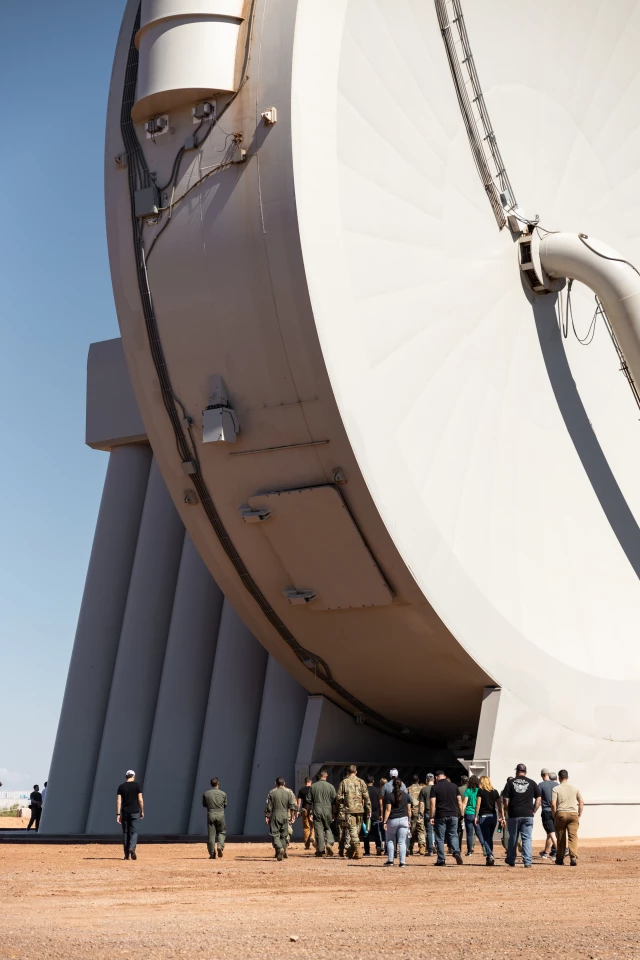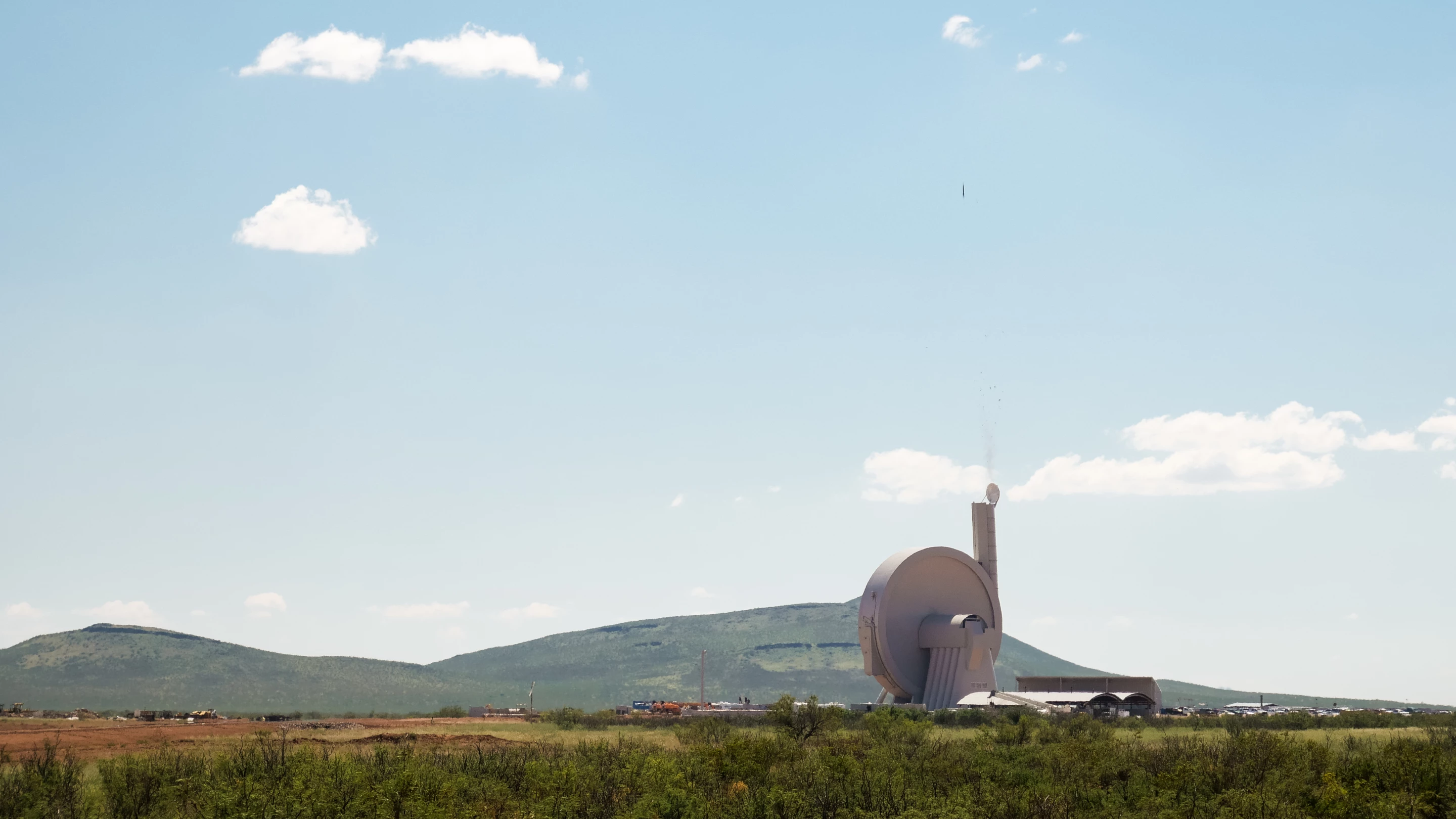Startup SpinLaunch is working on an alternative way of firing things into space that doesn’t involve first-stage rockets, but instead a launch system that spins payloads around in a centrifuge and hurls them into the sky. Those payloads will need to be capable of enduring 10,000 g and speeds of 5,000 mph (8,000 km/h), and in this regard the company may have just passed its biggest test yet.
SpinLaunch conducted its first test flight last November as an initial demonstration of its vision for its forward-thinking kinetic launch system. In development since 2015, the approach involves a giant, disc-shaped accelerator powered by an electric drive that whips payloads around at many times the speed of sound before releasing them through a launch tube and upward through the atmosphere.
Back in April, we learned that NASA had signed up to test out this technology, with the intention of integrating a payload into SpinLaunch’s kinetic launch system for a flight. That test flight, the company’s 10th successful one in total, took place at Spaceport America in New Mexico on September 27, with partners, industry advocates and government officials watching on.
In addition to NASA’s payload, other payloads from Airbus, Cornell University and satellite developer Outpost were integrated into the launch system and spun around at up to 10,000 g in SpinLaunch’s Suborbital Accelerator. These payloads were then inspected and integrated into the Flight Test Vehicle, and then thrown into the sky and successfully recovered.

SpinLaunch hasn’t offered much in the way of technical details for the flight, but says it followed a similar trajectory to its previous flight campaigns, which have flown to altitudes of 30,000 ft (9,150 m). In May, the company incorporated an optical payload to capture onboard video during a test flight, offering a first-person-view of the experience. Most notably, at least for SpinLaunch and its partners, the flight demonstrated that these satellite components are “compatible with the company’s launch environment.”
The payloads were used to capture critical flight data on the launch process, with NASA’s kitted out with two accelerometers, a gyroscope, a magnetometer and sensors for pressure, temperature and humidity. The data captured by this and the other payloads will aid SpinLaunch in the further development and eventual commercialization of its launch technology.
“Flight Test 10 represents a key inflection point for SpinLaunch, as we’ve opened the Suborbital Accelerator system externally for our customers, strategic partners, and research groups,” said Jonathan Yaney, Founder & CEO of SpinLaunch. “The data and insights collected from flight tests will be invaluable for both SpinLaunch, as we further the development of the Orbital Launch system, and for our customers who are looking to us to provide them with low-cost, high-cadence, sustainable access to space.”
Source: SpinLaunch via BusinessWire





